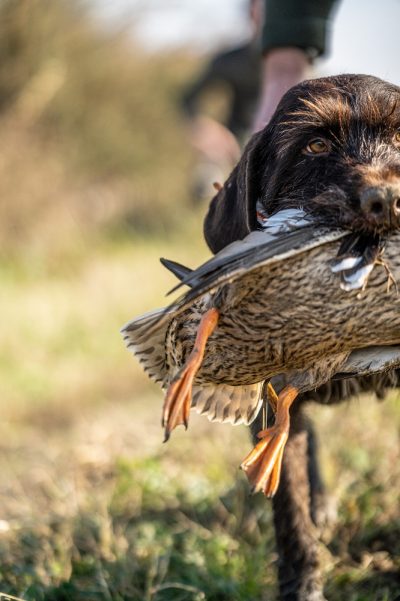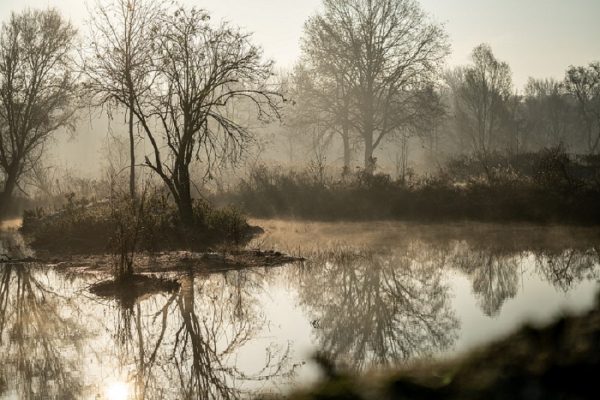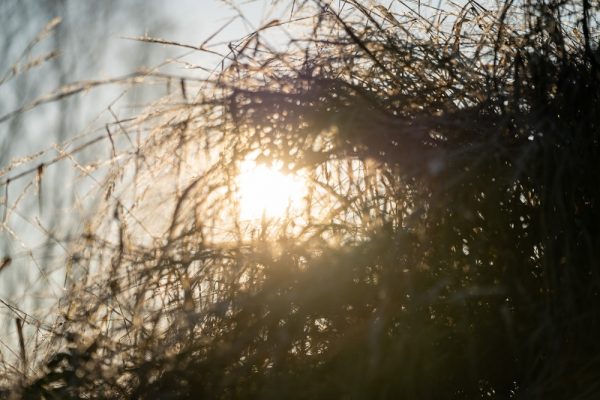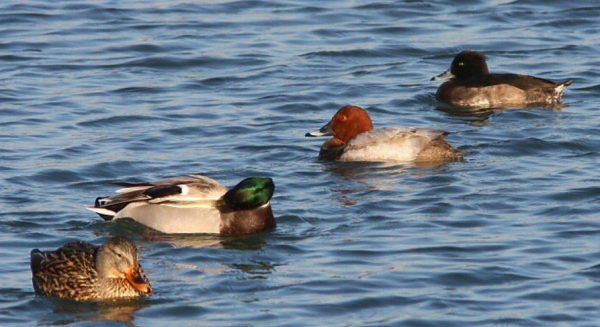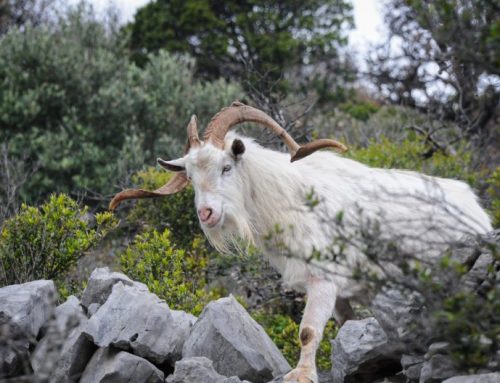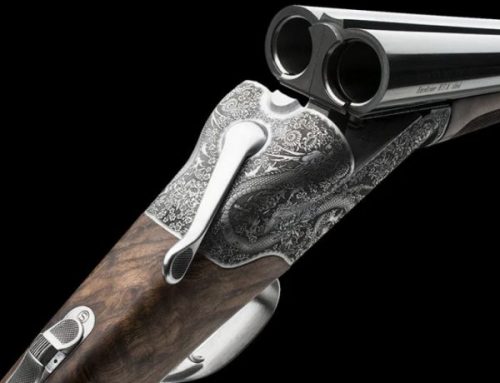Waterfowl hunting is a hunting art, widespread all over the world, which requires passion and great knowledge.
There are several hunting techniques to practice this hunt: it can be the typical hunting of ducks from the hide or in a barrel or it can be carried out as stalking hunting with the dog.
Get ready for this hunting season for a unique experience thanks to the waterfowl drive in an extraordinary environment.
Among the rice fields of Lomellina, an area of the Po Valley, there is a hunting oasis of great interest. You can hunt beautiful ducks thanks to the conjunction with the new management – prudent and careful – of a reserve in the Pavia area that offers the highest quality on ducks drives.
The Po Valley
The Po Valley is located in northern Italy and encompasses much of the country’s northern plains. It is bordered to the west by the Alps and to the east by the Apennine Mountains. The Po River, Italy’s longest river, flows through this vast plain, stretching from the foothills of the Alps to the coastal plain near the Adriatic Sea. Major cities in the Po Valley include Turin, Milan, Bologna, and Venice. The region is renowned for its agricultural fertility and economic significance, as well as its natural beauty and biodiversity.
The Po Valley is renowned as a prime destination for duck hunting, and it’s not hard to see why.
Firstly, its ideal habitat: The flatlands of the Po Valley boast an extensive network of aquatic habitats, including marshes, lakes, rivers, and rice fields, providing the perfect environment for waterfowl. These areas offer shelter, sustenance, and breeding grounds for the birds.
Secondly, its strategic geographical position: Positioned along crucial migratory routes, the Po Valley serves as a vital stopover for waterfowl during their seasonal migrations between northern Europe and Africa. This means a diverse array of duck species pass through this region, presenting hunters with abundant and varied hunting opportunities.
Furthermore, the abundance of food resources: The vast rice paddies and agricultural lands of the Po Valley offer rich nutrition for waterfowl, attracting them in large numbers during the migratory period. This abundance of food makes the Po Valley an ideal hunting ground for waterfowl enthusiasts.
And let’s not forget the rich hunting tradition: Duck hunting has a long and deeply rooted tradition in the region, with many hunters practicing this activity for generations. This hunting culture helps to keep the tradition alive and preserve the natural habitats of waterfowl.
The combination of ideal habitats, strategic geographical location, plentiful food resources, and a rich hunting tradition makes the Po Valley an exceptional destination for waterfowl hunting.
Find out how this duck hunting in Italy takes place!
Hunting organization
After a rich welcome breakfast we leave for the hide: twelve hunters are placed in strategic points behind a small barrier of reeds and in barrels, while the beaters move the ducks in the flooded woods.
In addition to the mallards, born free in the reserve, thousands of teals, wigeons, shovelers, and gadflies find the ideal habitat in this area where they are kept thanks to the continuous baiting with corn and thanks to the rice fields that surround it which provide an additional quality food portion.
To indicate the beginning and the end of the drive, the typical sound of the horn.
Between one drive and the next – usually 3 in a day – snacks are offered to allow the recovery of the felled animals and the preparation of the beaters in another area.
At the end of the last expedition, we return to the hunting lodge for lunch, served in the splendid eighteenth-century farmhouse recently renovated, among hunting trophies and taxidermized ducks.
Ducks species in Italy
In the Italian Po Valley, a vast region of great importance for waterfowl hunting, several species of ducks are huntable. Among these, some of the most common include:
- Mallard (Anas platyrhynchos): Arguably one of the most well-known and widespread species, the mallard is abundant in the wetlands of the Po Valley. It exhibits a colorful and conspicuous male plumage during the breeding season.
- Teal (Anas crecca): A smaller-sized duck compared to the mallard, the teal is found throughout Italy and is a common prey for hunters in the Po Valley.
- Common pochard (Aythya ferina): A rather large duck, the common pochard is a coveted prey for many hunters. It is commonly found in the marshes and lakes of the Po Valley during the migratory season.
- Ferruginous duck (Aythya nyroca): Also known as the ferruginous pochard, this duck is a protected species but can be hunted during the regulated hunting season. Its presence in the Po Valley is significant.
- Gadwall (Anas strepera): This medium-sized duck is often found in the wetlands of the Po Valley, offering an interesting challenge to hunters.
These are just a few of the huntable duck species found in the Italian Po Valley.
Weapons and ammunitions used for Waterfowl hunting
Waterfowl hunting is a popular and thrilling pursuit that requires the right equipment to ensure both success and safety. The choice of weapons and ammunition plays a crucial role in the effectiveness and enjoyment of the hunt. Here, we delve into the recommended firearms and ammunition for waterfowl hunting, detailing their advantages and the regulations that enhance the hunting experience.
For duck hunting in Italy, the following types of shotguns are commonly recommended:
Semi-Automatic Shotguns: Semi-automatic shotguns are favored by many hunters due to their ability to fire multiple shots quickly with minimal recoil. This is particularly useful in waterfowl hunting, where birds often appear in flocks and swift follow-up shots can increase the chances of a successful hunt. The semi-automatic action also helps in maintaining focus on the target without the need to manually reload after each shot.
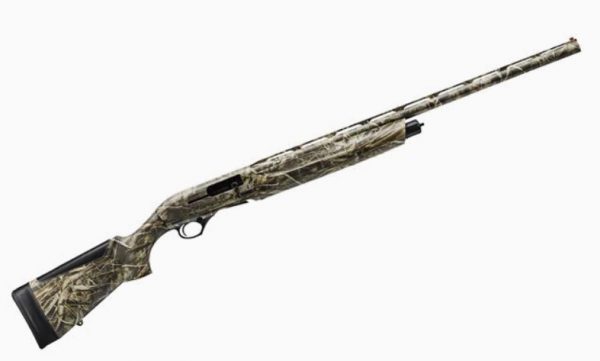
A300 Ultima Realtree Max 7 Beretta
Over-and-Under Shotguns: These shotguns, with their two vertically aligned barrels, offer reliability and precision. The simplicity of their design makes them less prone to jamming, and they allow for quick second shots. Over-and-under shotguns are appreciated for their balance and ease of handling, making them a popular choice among experienced hunters.

A beautiful over-and-under gun by Holland and Holland
Side-by-Side Shotguns: With two horizontally aligned barrels, side-by-side shotguns provide a traditional and aesthetically pleasing option. They offer the same advantages as over-and-under shotguns in terms of reliability and quick follow-up shots. These shotguns are particularly favored by hunters who appreciate the classic design and the challenge of using a more traditional firearm.

Side-by-side gun made by french manifacturer Chapuis model Progress Artisan RGP
Gauges and Chokes
The most commonly recommended gauges for waterfowl hunting are 12 and 20 gauge. These gauges offer a good balance of power and manageability, making them suitable for a variety of waterfowl species.
- 12 Gauge: Known for its versatility and power, the 12 gauge is the most popular choice for waterfowl hunting. It provides a good range and pattern density, making it effective for larger birds and longer distances.
- 20 Gauge: While slightly less powerful than the 12 gauge, the 20 gauge is lighter and easier to handle. It is an excellent choice for hunters who prefer a lighter firearm or are targeting smaller waterfowl species.
Medium chokes are generally recommended for waterfowl hunting. These chokes provide a balance between tight patterns for longer-range shots and wider patterns for closer targets. The use of interchangeable chokes allows hunters to adapt to varying hunting conditions and bird behavior.
Ammunition
When it comes to ammunition, the use of NOTOX (non-toxic) shot is strongly recommended and legally required for duck hunting in Italy. Non-toxic shot options include steel, bismuth, and tungsten, each offering different advantages:
- Steel: The most commonly used non-toxic shot, steel is affordable and widely available. It has a higher velocity but requires careful shot placement due to its lighter weight compared to lead.
- Bismuth: Bismuth shot is denser than steel, providing better downrange energy and penetration. It is a good alternative for hunters who prefer a performance closer to that of traditional lead shot.
- Tungsten: Tungsten shot is the densest and most effective non-toxic option, offering superior range and lethality. It is also the most expensive, but its performance can justify the cost for serious hunters.
Regulations and Hunting Ethics
In many regions, the use of a single shotgun is allowed, and the presence of a loader (someone who assists in reloading the firearm) is not permitted. This regulation ensures that the hunter performs all tasks independently, enhancing the personal satisfaction and challenge of the hunt.
Adhering to these regulations not only complies with legal requirements but also promotes ethical hunting practices. Hunters are encouraged to develop their skills and knowledge, ensuring that every shot is deliberate and responsible.
Duck hunting in Italy with the right firearms and ammunition can significantly enhance the hunting experience. Whether choosing a semi-automatic, over-and-under, or side-by-side shotgun, each offers unique benefits tailored to different hunting styles. The use of appropriate gauges, chokes, and non-toxic ammunition ensures effectiveness and environmental responsibility.
By understanding and adhering to the regulations and best practices, hunters can enjoy a fulfilling and ethical hunting experience. The challenge of waterfowl hunting, combined with the satisfaction of mastering one’s equipment and techniques, makes it a truly rewarding pursuit.
If this is one of your favorite hunts, now you can practice it in our beautiful country and with a purely exclusive program!
Find out more about the duck drive!

Montefeltro Staff, Enrico Zaina
“A passionate hunter (and former professional cyclist) has always devoted himself to his passions. An excellent guide for your hunting trips in Italy and worldwide. He will follow all the programs reserved for feather enthusiasts and accompany them during the hunting season.”




